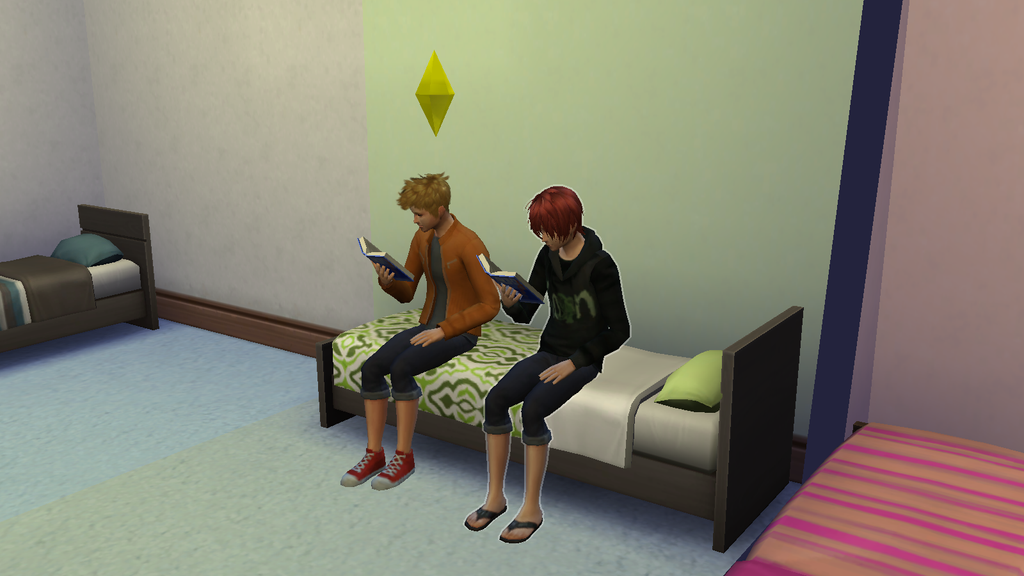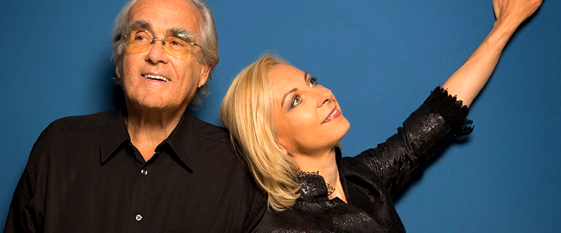A to Z: Cerebral Palsy, Infantile (for Parents) - Nemours.
Dysarthria is a weakness or paralysis of speech muscles caused by damage to the nerves or brain. Dysarthria is often caused by strokes, Parkinson's disease, ALS, head or neck injuries, surgical accident, or cerebral palsy. Dysprosody is the rarest neurological speech disorder. It is characterized by alterations in intensity, in the timing of.
Dysarthria happens when you have weak muscles due to brain damage. It is a motor speech disorder and can be mild or severe. Dysarthria can happen with other speech and language problems. You might have trouble getting messages from your brain to your muscles to make them move, called apraxia.

Cerebral palsy is a general term for a group of movement and posture disorders that arise as a result of non-progressive damage to the developing brain of a fetus or infant. The symptoms of cerebral palsy are different in each person affected and will be very dependent on the extent of the damage to the developing brain. The impact on movement and other activity will also be different for each.

Cerebral palsy is acquired at an early age, usually less than a year of age. Cerebral palsy is due to a brain abnormality that does not progress in severity. The causes of cerebral palsy include prematurity, genetic disorders, strokes, and infection of the brain. Taking certain precautions during the pregnancy might decrease the risk of.

Author information: (1)Department of Communication Sciences and Disorders, University of Alberta, Edmonton, AB, Canada. Preliminary evidence suggests that intensive voice and speech treatment based on activity-dependent neuroplasticity principles holds promise for affecting positive change in children with cerebral palsy (CP) and motor speech disorders.

Cerebral palsy is a group of disorders that usually affect the motor, locomotion, and muscles of the patient. Speech and communication problems are very common in children and adults with cerebral palsy. Since the disorder is usually caused by a trauma to the brain, the speech function is often damaged as well.

What is cerebral palsy? Cerebral palsy is categorized as an unspecified neurodevelopmental disorder. Cerebral palsy (CP) is a non-progressive, but changing condition that affects 1 out of every 500 individuals living in Canada. The development of the brain starts in early pregnancy and continues until about the age of three.

Cerebral palsy “Cerebral palsy (CP) describes a group of permanent disorders of the development of movement and posture, causing activity limitation, that are attributed to non-progressive disturbances that occurred in the developing foetal or infant brain. The motor disorders of cerebral palsy are often accompanied by disturbances of sensation.

Dyskinetic cerebral palsy (accounting for 10% of cases) leads to muscle control being disrupted by spontaneous writhing movements, with the muscles used for speech sometimes also affected. Ataxic cerebral Palsy (accounting for 20% of cases) causes problems with balance, shaking limbs, and speech difficulties. (Information sourced from Scope).

Cerebral - of the brain, Palsy: lack of muscle control. Cerebral palsy is an umbrella term that refers to a group of non-progressive brain injury or malformation disorders that affect a person's ability to move.

A child with bilateral spastic, dyskinetic or ataxic cerebral palsy is more likely to have difficulties with speech and language than a child with unilateral spastic cerebral palsy. With regard to communication difficulties (which do not necessarily correlate with intellectual disability).

Cerebral palsy is the name for a group of lifelong conditions that affect movement and co-ordination. It's caused by a problem with the brain that develops before, during or soon after birth. Symptoms of cerebral palsy. The symptoms of cerebral palsy are not usually obvious just after a baby is born.

Though Cerebral Palsy can be defined, having Cerebral Palsy does not define the person that has the condition. Definition of Cerebral Palsy While Cerebral Palsy (pronounced seh-ree-brel pawl-zee) is a blanket term commonly referred to as “CP” and described by loss or impairment of motor function, Cerebral Palsy is actually caused by brain damage.



